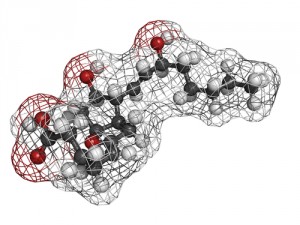New PAH Treatment Approved for Distribution in Japan

 United Therapeutics Corporation has announced that Remodulin, a new treatment for pulmonary arterial hypertension (PAH) by subcutaneous and intravenous administration, has obtained a distribution permit in Japan from the country’s Ministry of Health, Labour and Welfare, the governmental body responsible for granting such approvals.
United Therapeutics Corporation has announced that Remodulin, a new treatment for pulmonary arterial hypertension (PAH) by subcutaneous and intravenous administration, has obtained a distribution permit in Japan from the country’s Ministry of Health, Labour and Welfare, the governmental body responsible for granting such approvals.
Yu-Lun Lin, associate vice president and managing director of United Therapeutics Asia, said, “We are grateful for Mochida’s diligent work in obtaining this approval in Japan… We look forward to Mochida’s launch of Treprost and to bringing this new therapeutic option to the PAH community in Japan.”
[adrotate group=”4″]
The newly-approved permit will allow for Remodulin distribution in Japan under the brand name Trepost by Mochida Pharmaceutical Co., LTD, under a restricted distribution arrangement with United Therapeutics, a biotechnology company focused on the development and commercialization of unique products to address the unmet medical needs of patients with chronic and life-threatening conditions.
Remodulin has been indicated in the United States for the treatment of PAH as a prostacyclin vasodilator to diminish symptoms associated with exercise. A wide range of studies corroborated the treatment’s efficacy in patients with NYHA Functional Class II-IV symptoms and etiologies of idiopathic or heritable PAH in 58%; PAH associated with congenital systemic-to-pulmonary shunts in 23%; or PAH associated with connective tissue diseases in 19%.
[adrotate group=”3″]
The administration methods for the drug include a continuous subcutaneous infusion, or intravenous infusion as an alternative method reserved for patients with whom risks of BSI or sepsis are already considered warranted. It is suggested to be used only by clinicians experienced in the PAH treatment and diagnosis, due to the importance of the dosage adjustment for each patient according to their risk factors and clinical history.







